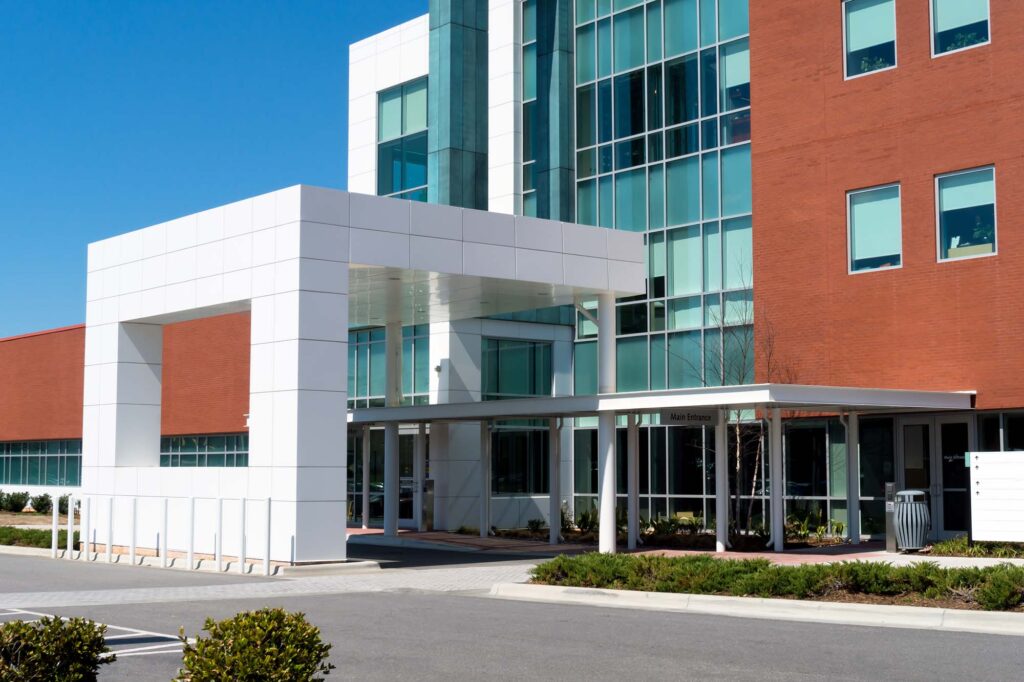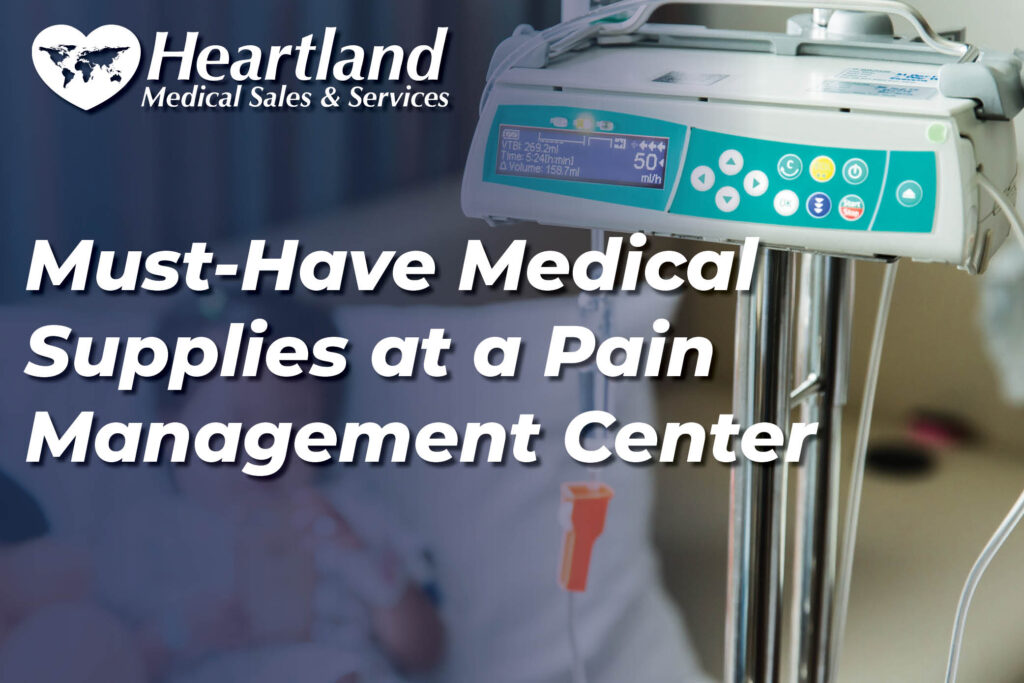Most people hold this misconception that surgeries are lengthy and complex procedures requiring hospital admission to get treatment. However, there exist all kinds of surgeries that are not only required to save one’s life but can also be exploratory in nature, such as a biopsy. According to a paper published in 2017, of over 14 million surgical cases studied, over half of them were classified as outpatient ambulatory care and the rest inpatient – requiring extended medical care in the hospital.
The surgeries were all based in hospitals; however, it highlights the need for building surgical centers where patients can get their surgical procedures done.
Why Building a Surgery Center is Necessary?
Surgery centers provide a great deal of benefits to patients, making it more in line with patient-centric care. With advancements in medical technology, many surgeries have become less invasive.
Commonly Performed Outpatient Surgeries
There are several risk factors such as age, weight, or any pre-existing medical conditions that determine the viability of outpatient surgery. Here some routinely performed outpatient surgeries that are generally low risk and do not require extensive post-operative care:
- Tonsillectomy: Surgical removal of one’s tonsils
- Herniorrhaphy: Surgically fixing a protrusion of one’s internal organs
- Cholecystectomy: Surgical removal of one’s gall bladder
- Some kinds of cosmetic surgery: Includes procedures like breast augmentation, liposuction, and Rhinoplasty
- Cataract surgery: Normally requires augmentation of the lens in one’s eyes to treat cataracts.
Lower Cost
With the ever-increasing charges for medical care, many patients are reluctant to opt for surgeries in hospitals. If patients get access to a credible surgery center, many hospital charges get waived off like room costs, administration charges, and those associated with post-operative care. Even some insurance plans are more inclined to cover outpatient surgeries as opposed to inpatient due to the lower risk of these problems arising.
Ease for Patients
If a surgical center specializes in the procedures mentioned above, they become more accustomed to handling patients better such that it becomes a routine for them. All that’s left is scheduling because treating the same procedure over and over again gives them an idea of the time a particular outpatient surgery requires, making it convenient for a patient to receive medical care before any complications arise.
How to Build a Surgery Center
If you are in the business of hospital management, then you might want to consider building a surgery center. They are easier to manage and do not encounter the same risks that hospital does. Here is how you can start.
Purchasing Capital Medical Equipment
At Heatland Medical Sales & Services we provide equipment for every area of the surgery center such as anesthesia machines, surgical tables, stretchers, patient monitors, and much more.
Get Information
First and foremost, whether your building an ambulatory surgery center or a specialized surgery center you’ll need to gather as much information as possible. Identify the type of surgery center you want to open by looking up the average cost of surgery in your region and evaluate the cost of building a surgery center. The goal here is to provide an incentive for the patient to reach out to your surgery center while at the same time maximizing profits. Select the surgical procedure(s) you want your surgery center to tackle, keeping in mind the cost, number of cases, overhead charges, capital medical equipment needed, and physician costs.
Reach out to Physicians
Once the surgical procedures are identified, reach out to physicians that specialize in your selected outpatient surgeries and pitch them your idea. The goal here is two folds; to gather information from them if in the early stages of building a surgery center and to get them interested in being part of it. Physicians would want to join your business because it means more income for a lower number of surgeries performed.
Find a Facility
Keep in mind the cost of the facility as it depends on where it’s located and its square footage. Make sure that it fulfills your requirements as well as any regulatory requirements imposed by the federal or state healthcare bodies for licensing, certifications, or accreditations.
After you have settled on a facility, you will have to renovate it such that it looks like your desired surgical center. You want it to be as patient friendly as possible so that they receive the best medical care and remain satisfied with the service you offer them. Make sure you have essential infrastructures like a comfortable waiting room, information desk, and handicap accessibility to cater to all kinds of patient needs.
Source Medical Equipment
It goes without saying that you will need medical equipment to run a surgical facility. Consult the physicians in your partnership regarding the medical equipment they require. It may happen that what they are asking for may be out of your budget, but it can be supplemented once the facility becomes operational and starts earning. When starting out, you might want to focus on the essentials like surgical tables, lab equipment, scanning and monitoring equipment, and surgical tools.
Devise a Patient Care Plan
Other than physicians, you will require medical care providers that handle all the associated patient care requirements before, during and after surgical procedures. Their roles include:
- Taking essential medical information from the patient, such as their medical history
- Conducting lab tests
- Preparing patients for surgery
- Assisting surgeons during surgery
- Monitoring patient health post-surgery
To keep the process streamlined, productive and efficient, devise a patient care plan that considers all the checkpoints’ patients must go through before their surgery is scheduled and after they come out of it. This will be easy to chalk out as your facility will be conducting routine surgeries.
Additionally, this process includes managing administrative work like patient scheduling, recording patient data, and gathering insurance information; hence, you will need to consider employing additional staff that handles these daily needs or consider investing in management software that automates these tasks.
Aim for Growth
Once you have handled all the necessary legal, administrative, healthcare requirements that green light your facility, it is time to open your doors to patients. You can then start handling the financial aspects of the operation that make your business growth-oriented, but make sure to keep patient satisfaction at the heart of your service when building a surgery center. The surplus you generate can be used to employ more physicians and expand your facility to cover more outpatient surgeries, bringing in more revenue.




